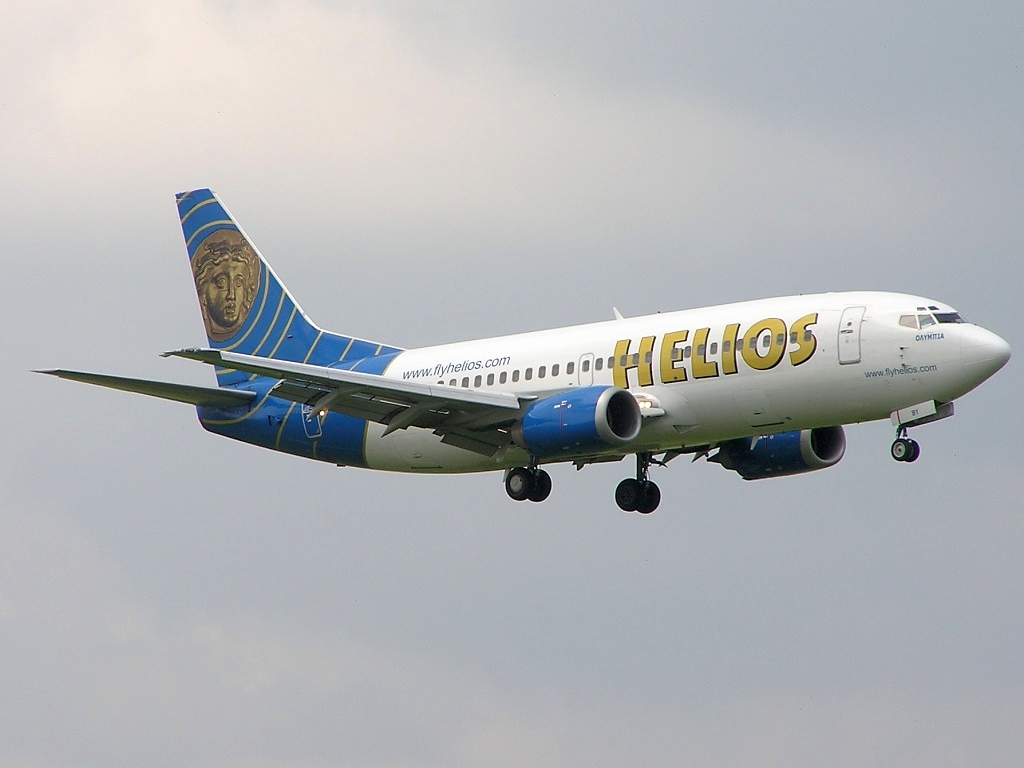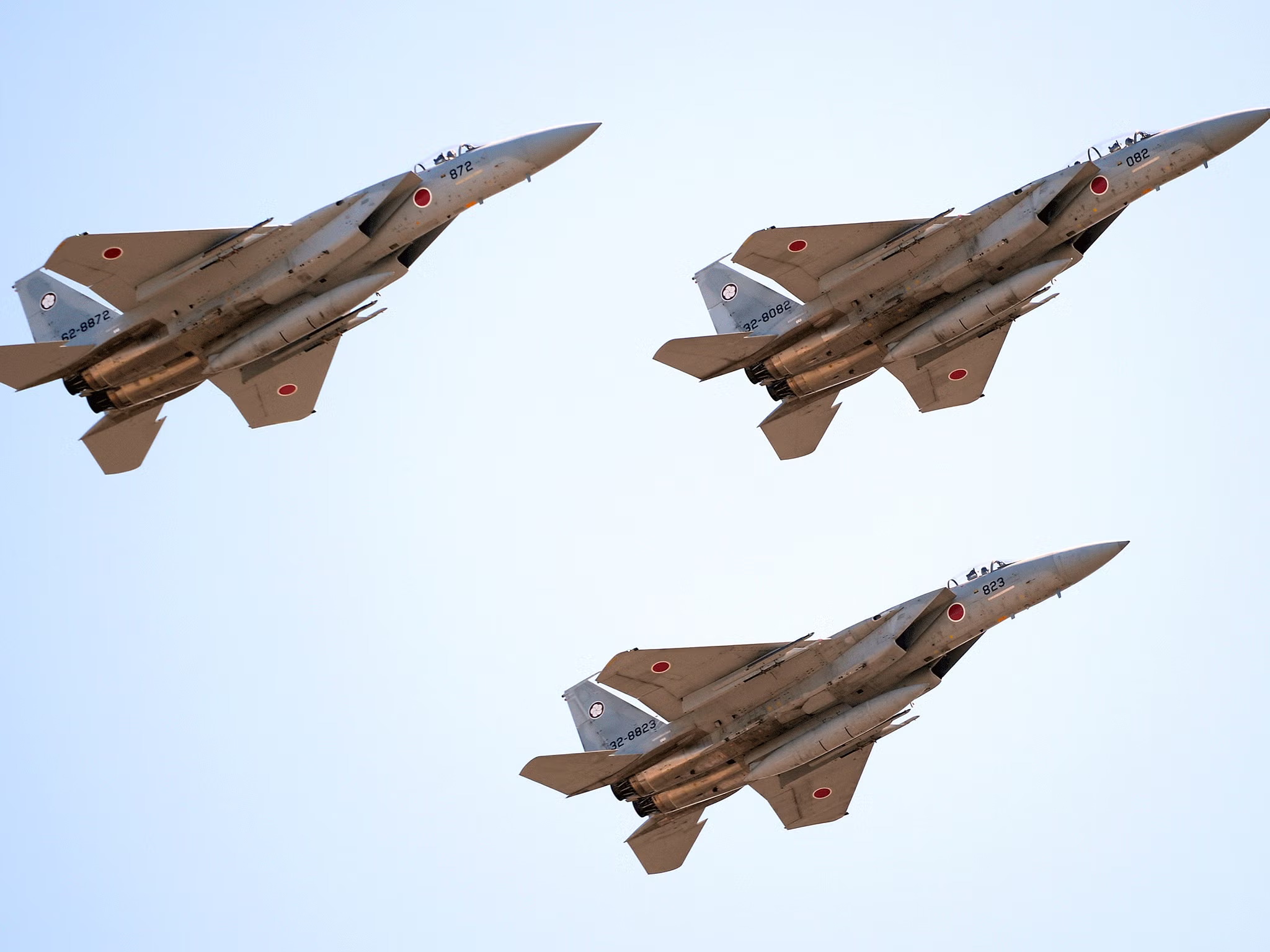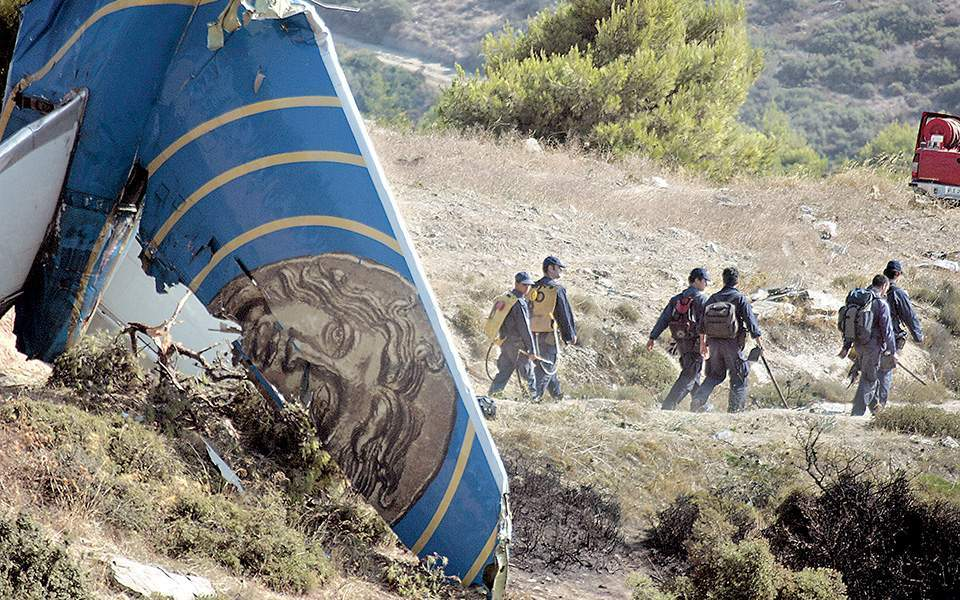They thought it would be just another uneventful flight—a routine journey from Cyprus to Greece, and then onward to Prague.
Passengers buckled in and settled comfortably into their seats, unaware that what awaited them was a nightmarish descent into one of aviation’s most haunting tragedies.
There were no hijackers to be feared, no sudden explosions to send the aircraft plummeting—just an insidious, silent killer at 34,000 feet: lack of oxygen.
This is the tragic, chilling saga of Helios Airways Flight 522—the infamous “ghost plane” that became an unforgettable cautionary tale in aviation history.
A Flight Like Any Other—Until It Wasn’t
It was August 14, 2005, when Helios Airways Flight 522 lifted off from Larnaca International Airport in Cyprus, its final destination Prague. Before heading north, however, the aircraft was scheduled to make a brief stop in Athens, Greece. On board were 121 souls: 115 passengers and 6 crew members, each embarking on their own summer journey—some returning home, some on holiday, all unsuspecting of the tragedy that would soon unfold.
At first, everything appeared normal. The aircraft—a Boeing 737—climbed steadily into the bright Mediterranean sky. The pilots, experienced and well-trained, worked through their standard checklists as the plane ascended to its cruising altitude. But amid these routine procedures, an unseen problem was brewing—a small oversight that would have catastrophic consequences.
The Alarm That Should Have Saved Them

As the jet climbed, an alarm began to sound in the cockpit. But instead of indicating a cooling system issue, as the pilots believed, it was actually a warning that the cabin was losing pressure—an alarm designed to alert the crew to an oxygen crisis. Tragically, the pilots misinterpreted the sound, focusing their attention on what they assumed was a technical fault, rather than the urgent threat of depressurization.
What they didn’t realize was that during a recent maintenance check, the cabin pressurization system had been set to manual mode and had not been reset to automatic before the flight. This seemingly minor oversight doomed the cabin to remain unpressurized as the aircraft climbed.
The Invisible Enemy: Hypoxia
As the jet soared higher, the air inside the cabin grew dangerously thin. Without sufficient oxygen, hypoxia—an insidious, creeping loss of mental clarity and physical function—began to claim the crew and passengers alike. At first, it might have felt like a slight dizziness, a headache, or a sense of confusion. But within minutes, the lack of oxygen rendered everyone unconscious.
No one screamed. No alarms echoed through the passenger cabin. Oxygen masks dangled, but by the time they deployed, most passengers were already too disoriented to use them properly. The flight had turned into a silent, drifting tomb in the sky.
A Plane Flying Itself
When Greek air traffic controllers attempted to contact the pilots, they received no response. As minutes ticked by, the situation grew increasingly urgent. Military authorities scrambled two F-16 fighter jets to intercept the unresponsive aircraft.

As the fighter pilots pulled alongside Flight 522, they were met with a sight they would never forget: through the cockpit window, they saw an empty captain’s seat, and the co-pilot slumped lifelessly over his controls. Inside the cabin, the scene was equally grim. Oxygen masks dangled aimlessly, and no one moved.
A Desperate Last Attempt
Incredibly, amid the sea of unconscious passengers and crew, one man—a flight attendant named Andreas Prodromou—managed to remain conscious long enough to make his way to the cockpit. A trained pilot himself, he summoned every ounce of strength and determination to try to save the aircraft. The fighter pilots reported seeing a figure, oxygen mask in place, seated at the controls and attempting to take action.
But fate had already closed its grip. By that point, the aircraft’s fuel reserves were nearly exhausted. With no time left and no support, Flight 522 began its final, irreversible descent.
At 12:03 PM local time, the Boeing 737 crashed into a rugged hillside near the village of Grammatiko, just north of Athens. All 121 passengers and crew perished in the impact.
The Investigation and Its Unforgiving Findings
In the aftermath, investigators pored over the wreckage, flight data, and maintenance records. What they discovered was both heartbreaking and preventable. The chain of events began with a maintenance oversight: the pressurization system left in manual mode after a ground check. The crew, not realizing this critical error, failed to reset it, leaving the cabin vulnerable to the silent killer of hypoxia.
Furthermore, investigators criticized Helios Airways for insufficient training in pressurization emergencies, arguing that pilots had not been adequately prepared to recognize and respond to such alarms. Human error—compounded by systemic failures in maintenance procedures and training—ultimately sealed the fate of Flight 522.
A Legacy Written in Loss
The world watched in horror as details of the tragedy emerged. A commercial aircraft flying on autopilot, filled with unconscious passengers and crew, became known as the “ghost flight”—a haunting symbol of aviation’s vulnerabilities.
In response, regulatory authorities across Europe and beyond reevaluated and reformed safety protocols. Mandatory double-checks of pressurization systems, improved training on hypoxia recognition, and stricter maintenance oversight became standard practice. Though these measures came too late to save the lives on Flight 522, they stand as a lasting legacy of those who perished.
An Echo That Endures

Helios Airways Flight 522 is more than just a statistic on a list of aviation disasters—it is a somber lesson that echoes through every pre-flight checklist, every crew briefing, and every maintenance logbook. It reminds us that even the smallest oversight can spiral into tragedy.
Today, as each flight takes to the skies, the memory of those lost on that ill-fated journey lingers, shaping a safer future. In this way, the “ghost flight” may have ended in silence, but its lessons continue to speak—loudly and clearly—to every pilot, technician, and passenger who entrusts their life to the miracle of flight.
